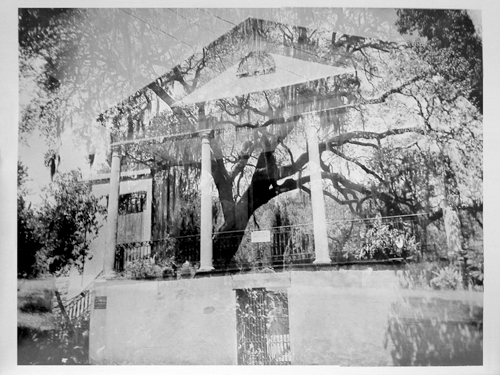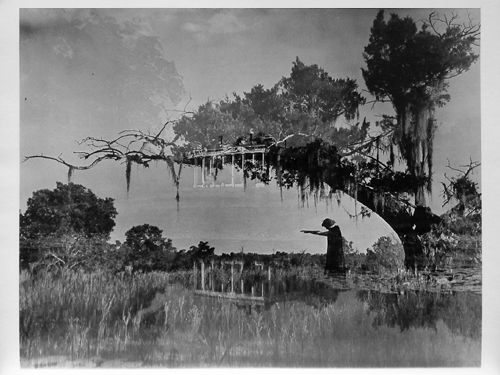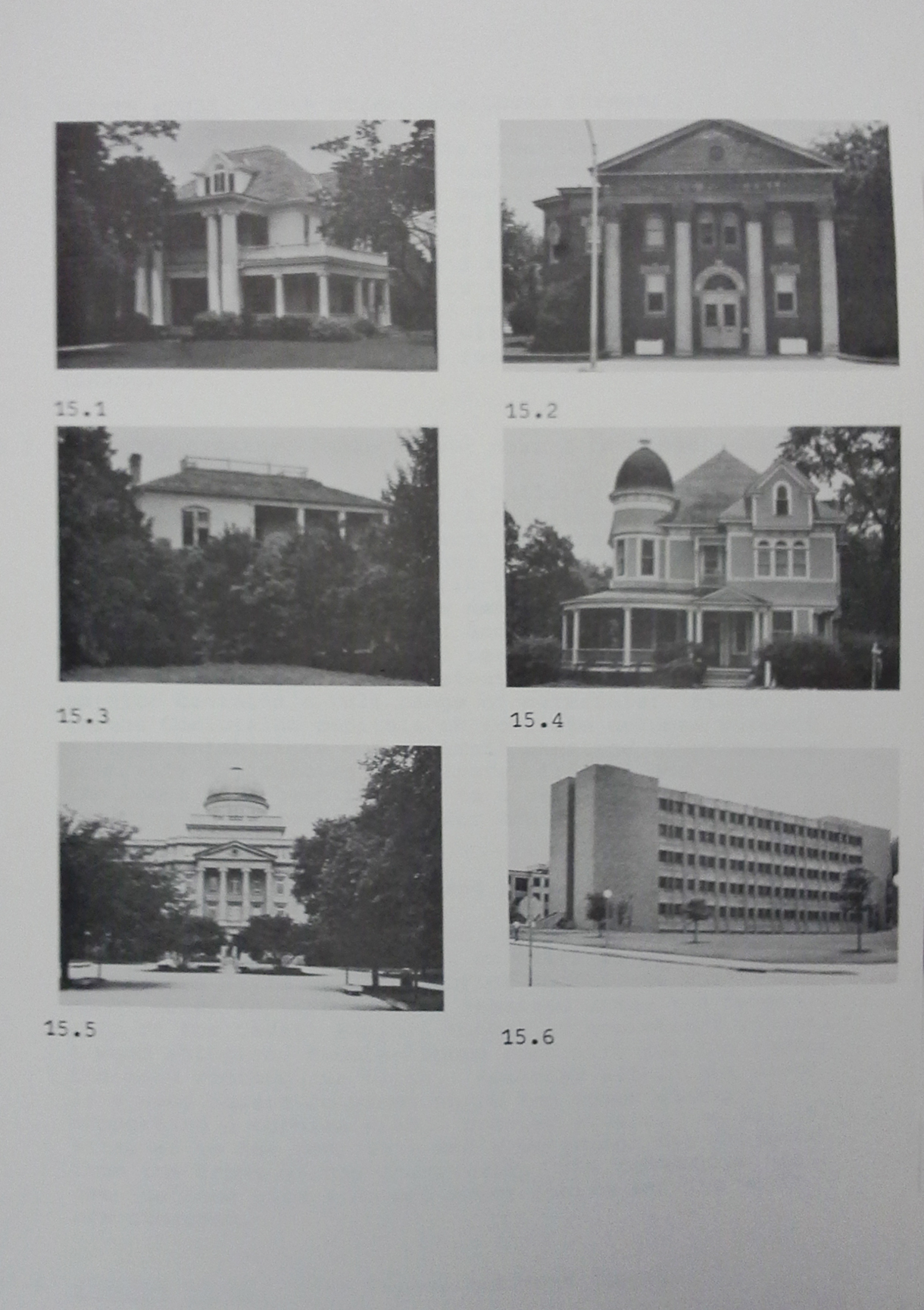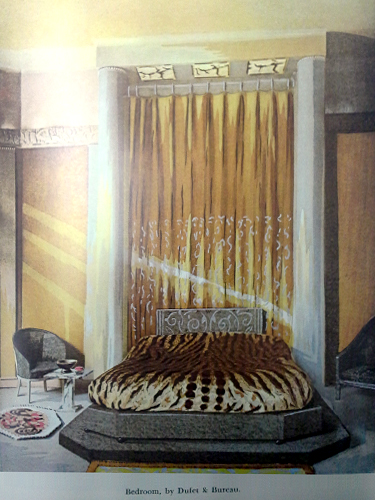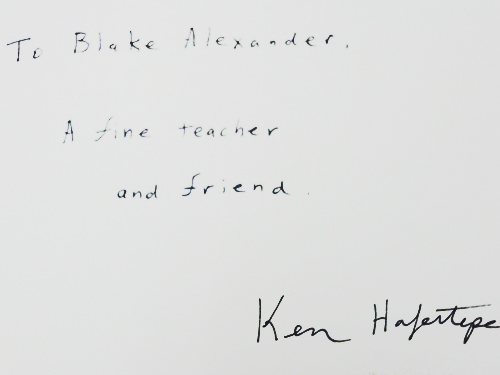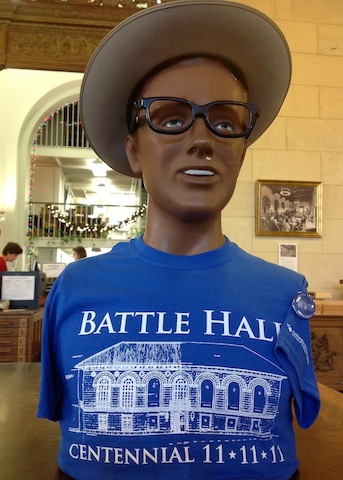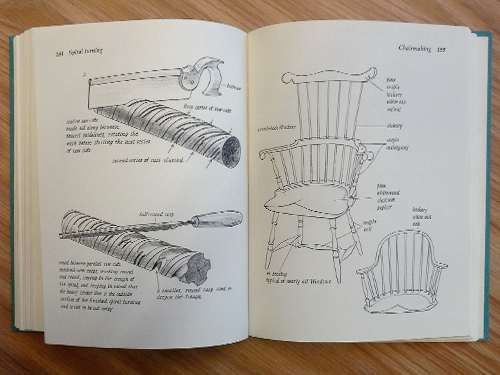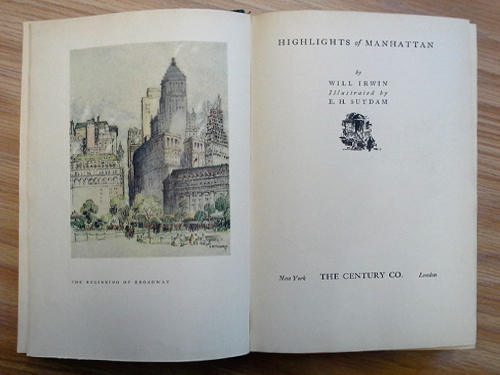Laughlin, Clarence John. Ghosts along the Mississippi : an essay in the poetic interpretation of Louisiana’s plantation architecture. New York: Bonanza Books, c1961.
Within the Library of Drury Blakely Alexander there are many books that focus on regional and domestic architecture. However, one of these stands out from the rest. Clarence John Laughlin’s Ghosts Along the Mississippi is more than just your typical Southern architecture coffee table book filled with allusions to magnolias and Southern Living style photography. Instead, this book is an unusual blend of plantations and poetry by one of the South’s best known Surrealist photographers. Clarence John Laughlin (1905-1985) was born near New Orleans and, despite employment with Vogue and the United States government, his interest in “the evolution of Louisiana plantation culture” stayed with him throughout his professional life. Ghosts Along the Mississippi, first published by Scribner’s Sons in 1948 and then reprinted by Bonanza in 1961, is among his best known works. This fascinating book contains 100 black and white plates of abandoned plantations, moss-strewn bayous, and decrepit old cemeteries. Subtitled An Essay in the Poetic Interpretation of Lousiana’s Plantation Architecture, each image is also accompanied by original text from the author/photographer. Through evocative language, colorful historic details, and unusual double-exposed photographs, Laughlin succeeds in capturing the “grandeur and decay” of the old South in a way that is both novel and compelling.
Library of Congress call number: F 370 L3 1961


